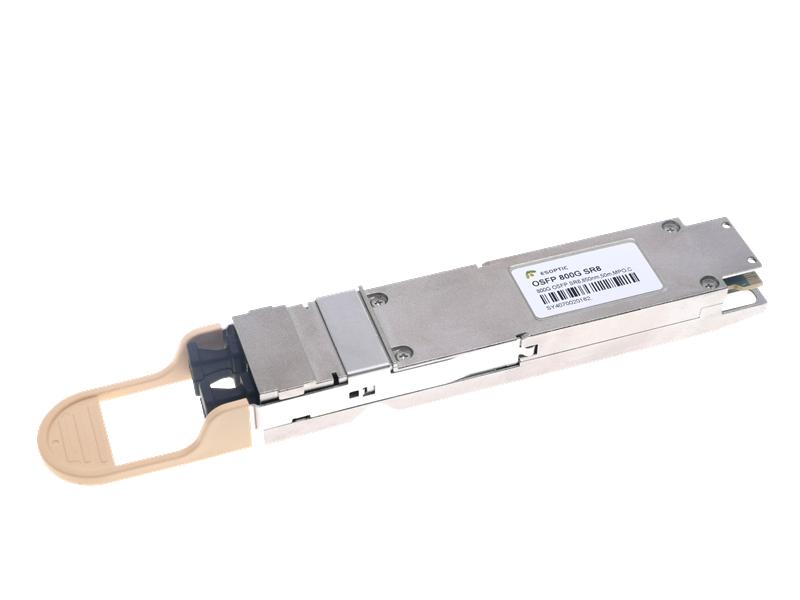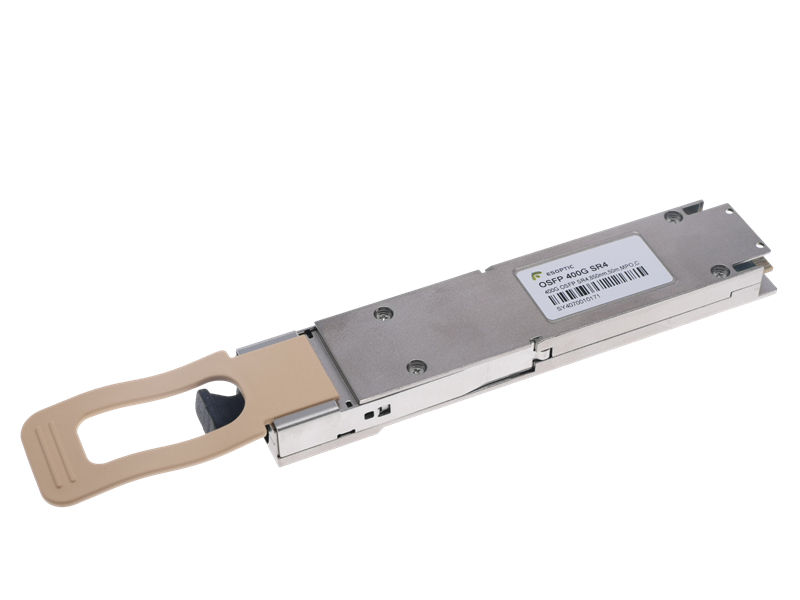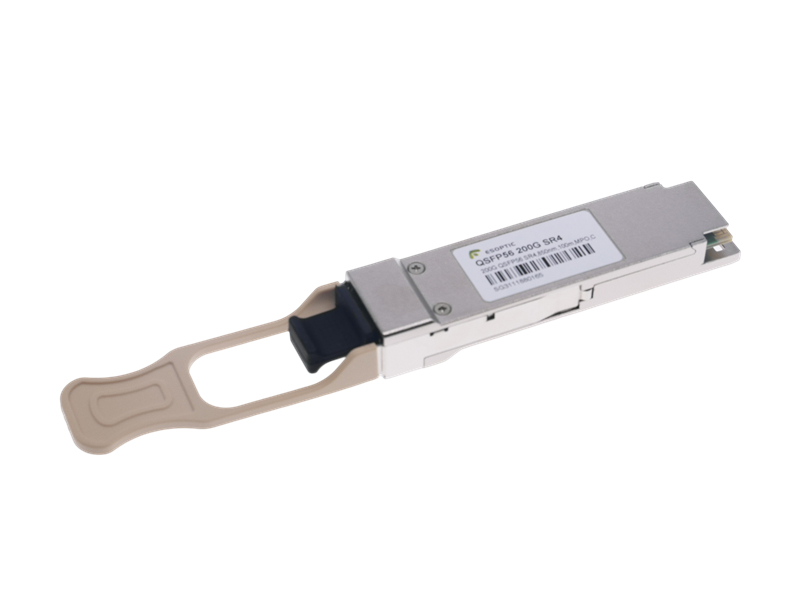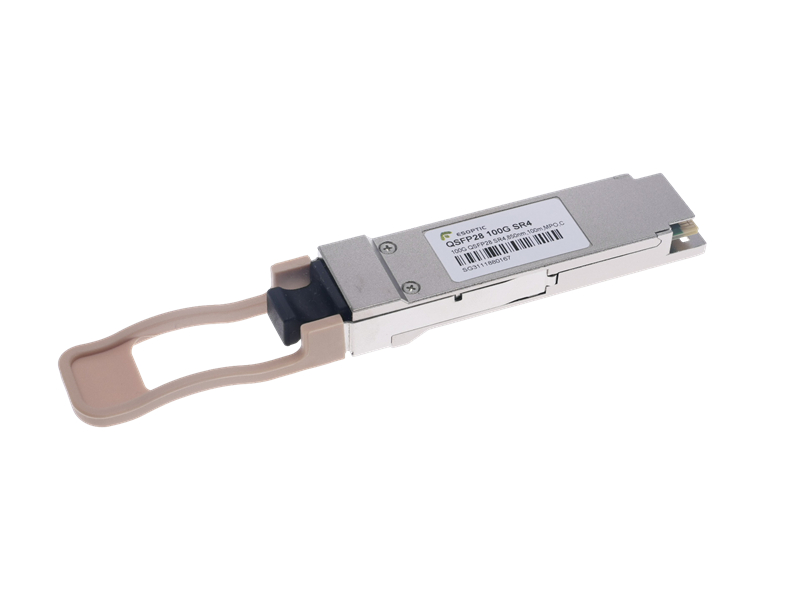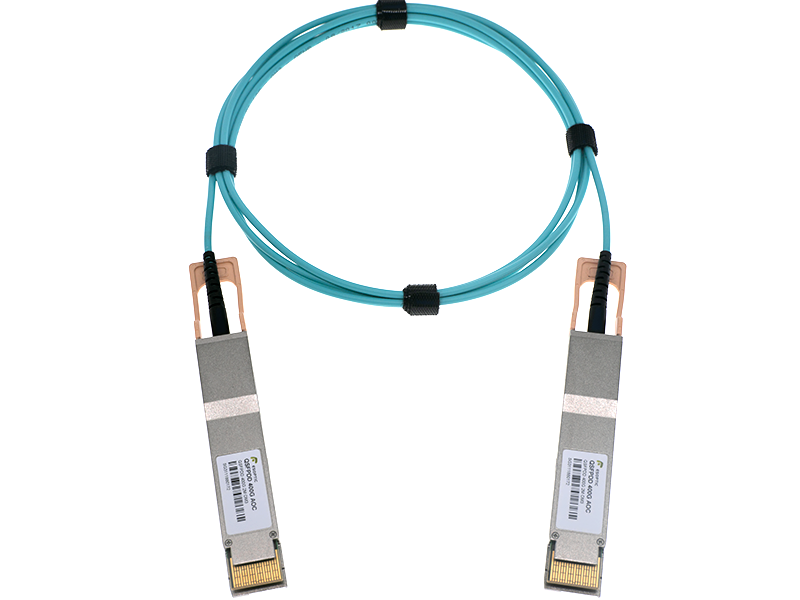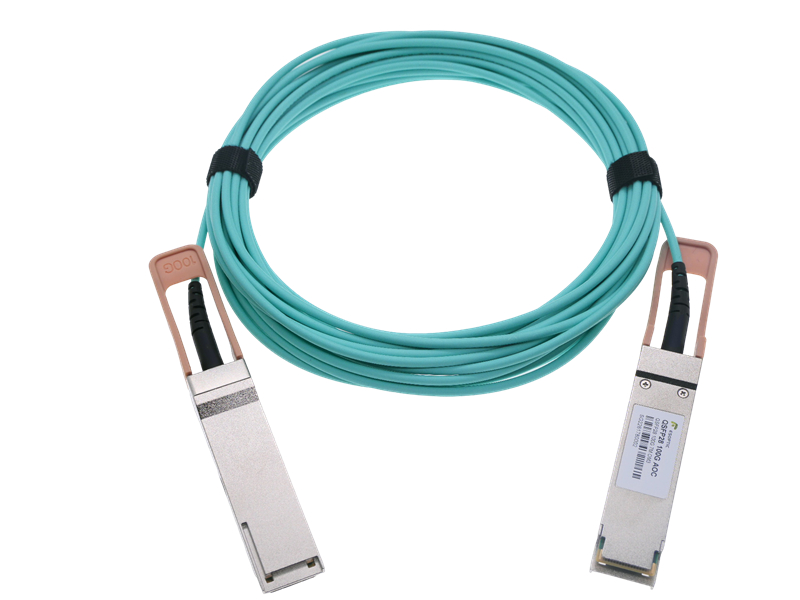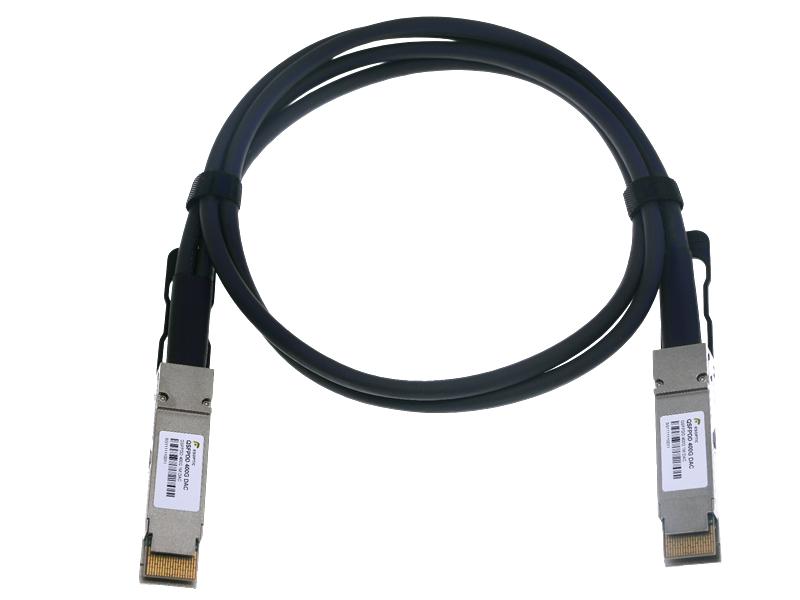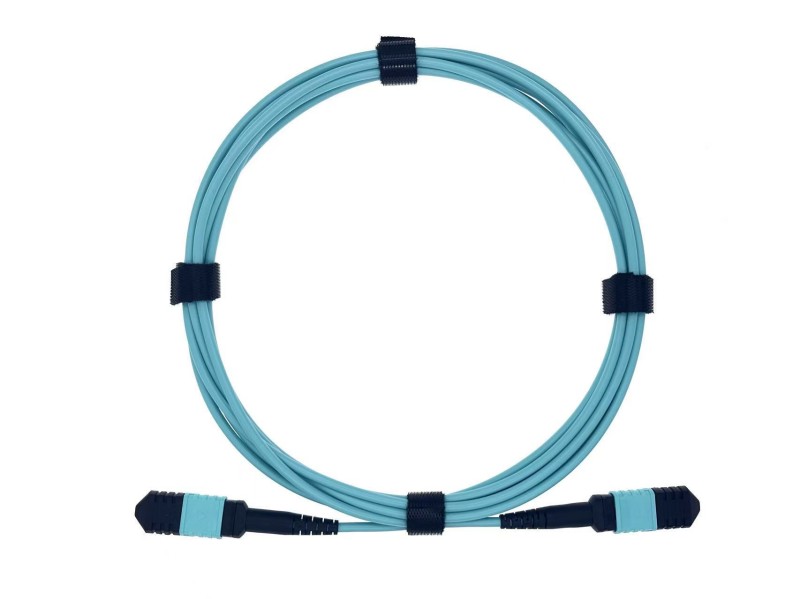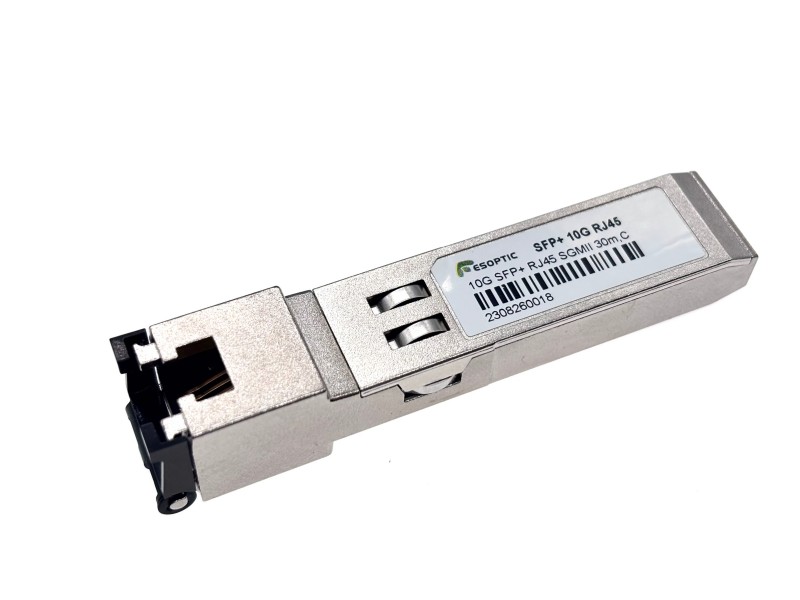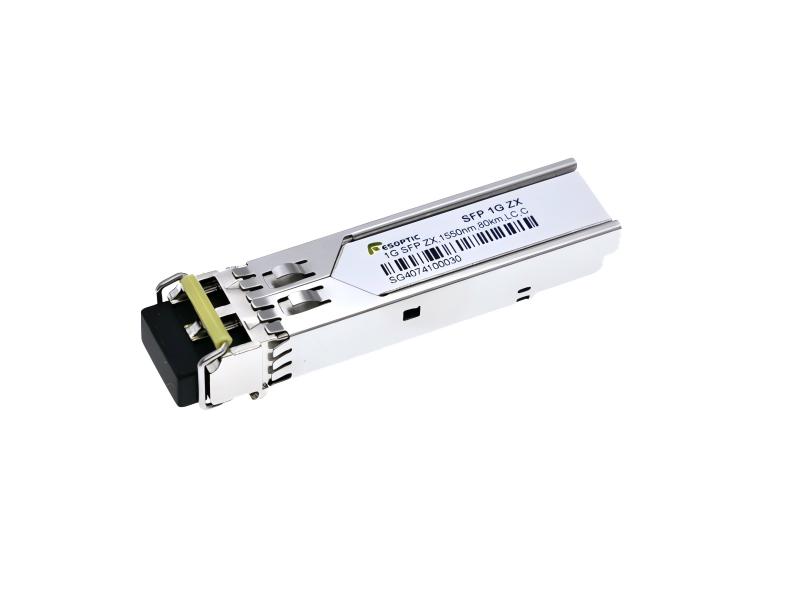In the evolving landscape of optical communications, CWDM (Coarse Wavelength Division Multiplexing) and DWDM (Dense Wavelength Division Multiplexing) have emerged as essential technologies for scaling fiber bandwidth and enhancing network efficiency. Although they share a similar foundation, CWDM (Coarse Wavelength Division Multiplexing) and DWDM (Dense Wavelength Division Multiplexing) differ significantly in channel spacing, transmission reach, and application use cases. This article breaks down their core technologies, typical deployments, performance differences, cost implications, and future outlooks—helping network planners, engineers, and data center operators make well-informed decisions.

The Fundamentals of CWDM and DWDM
Both CWDM (Coarse Wavelength Division Multiplexing) and DWDM (Dense Wavelength Division Multiplexing) are types of wavelength division multiplexing, a technique that transmits multiple optical signals on different wavelengths through a single fiber. The goal? Maximize fiber capacity without the need for additional physical cables.
CWDM (Coarse Wavelength Division Multiplexing) operates using wider wavelength spacing—typically 20nm—allowing up to 18 channels between 1270nm and 1610nm. DWDM (Dense Wavelength Division Multiplexing), by contrast, uses much narrower spacing, often as tight as 0.8nm or 0.4nm. This allows for 40, 80, or even more than 96 channels within the C-band. DWDM (Dense Wavelength Division Multiplexing) systems use highly stabilized lasers, enabling precise wavelength control and long-haul transmission.
Choosing CWDM or DWDM for the Right Application
When deciding between CWDM (Coarse Wavelength Division Multiplexing) and DWDM (Dense Wavelength Division Multiplexing), the right choice depends heavily on your deployment scenario.
CWDM (Coarse Wavelength Division Multiplexing) is an ideal fit for short to medium-range connections, such as metropolitan area networks (MANs), enterprise campus backbones, and access networks. Its low cost and minimal power requirements make it a go-to for environments where budget constraints matter more than bandwidth density.
DWDM (Dense Wavelength Division Multiplexing), on the other hand, is built for high-capacity, long-distance applications. It’s widely used in telecom core networks, inter-data center connectivity (DCI), and high-performance computing clusters—anywhere bandwidth demand is heavy and fiber resources are limited.
Performance Comparison: Capacity, Reach, and Power
DWDM (Dense Wavelength Division Multiplexing) systems clearly take the lead when it comes to raw performance. Thanks to tighter channel spacing and support for optical amplifiers like EDFA (Erbium-Doped Fiber Amplifier), DWDM (Dense Wavelength Division Multiplexing) can transmit data over distances exceeding 100 km without regeneration.
CWDM (Coarse Wavelength Division Multiplexing), while cost-effective, doesn’t support EDFA due to its wider channel spacing and is typically limited to 40–80 km. On the power side, CWDM (Coarse Wavelength Division Multiplexing) modules are more energy-efficient, which can be an advantage in energy-sensitive environments like edge networks or IoT deployments.
Cost and Deployment Complexity
CWDM (Coarse Wavelength Division Multiplexing) stands out for its simplicity and affordability. The technology is less complex, requiring fewer cooling mechanisms and calibration, which translates to lower equipment and operational costs.
DWDM (Dense Wavelength Division Multiplexing) systems, however, involve higher upfront investment. But in return, they offer superior scalability—especially in high-bandwidth environments where maximizing every strand of fiber counts. Long-term, DWDM (Dense Wavelength Division Multiplexing) offers a lower cost per transmitted bit for large-scale networks.
Deployment-wise, CWDM (Coarse Wavelength Division Multiplexing) is plug-and-play friendly. DWDM (Dense Wavelength Division Multiplexing), while more powerful, requires precise configuration, monitoring, and often professional support for proper implementation.
CWDM and DWDM: What the Future Holds
As demand for faster, more scalable networks continues to grow—fueled by 5G, AI, and cloud infrastructure—DWDM (Dense Wavelength Division Multiplexing) is becoming the default choice in core and backbone networks. Its compatibility with advanced modulation formats and coherent optics makes it ready for tomorrow’s high-capacity demands.
That said, CWDM (Coarse Wavelength Division Multiplexing) still has its place in cost-sensitive markets and simpler network architectures. For small ISPs, campus networks, and access-layer deployments, CWDM (Coarse Wavelength Division Multiplexing) remains a smart solution for extending fiber usability without breaking the budget.
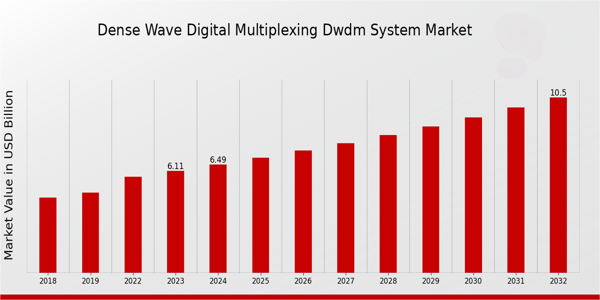
FAQ: CWDM and DWDM Explained
Q1: Which is better for a small business or local ISP—CWDM or DWDM?
A: CWDM (Coarse Wavelength Division Multiplexing) is generally better for small businesses due to its lower cost and easier installation. It’s ideal for short-range connections up to 40 km.
Q2: Can DWDM be used for metro networks?
A: Yes. DWDM (Dense Wavelength Division Multiplexing) is commonly used in metro networks that require high bandwidth and future scalability, though it’s more complex to deploy.
Q3: Can CWDM and DWDM coexist in the same network?
A: Yes, in some cases. They can coexist on separate fiber bands or through careful wavelength planning, but compatibility and budget should be considered.
Q4: Why does DWDM support longer distances?
A: Because DWDM (Dense Wavelength Division Multiplexing) supports optical amplification (like EDFA), which helps maintain signal integrity over longer spans.
Q5: Which one is more future-proof?
A: DWDM (Dense Wavelength Division Multiplexing). Its higher channel count and support for advanced technologies make it more adaptable to growing network demands.
If you're designing an optical network and wondering whether CWDM (Coarse Wavelength Division Multiplexing) or DWDM (Dense Wavelength Division Multiplexing) is the better fit, understanding the trade-offs between cost, capacity, and complexity is key. Whether you're optimizing for affordability or planning for exponential traffic growth, there's a wavelength solution tailored to your needs.


